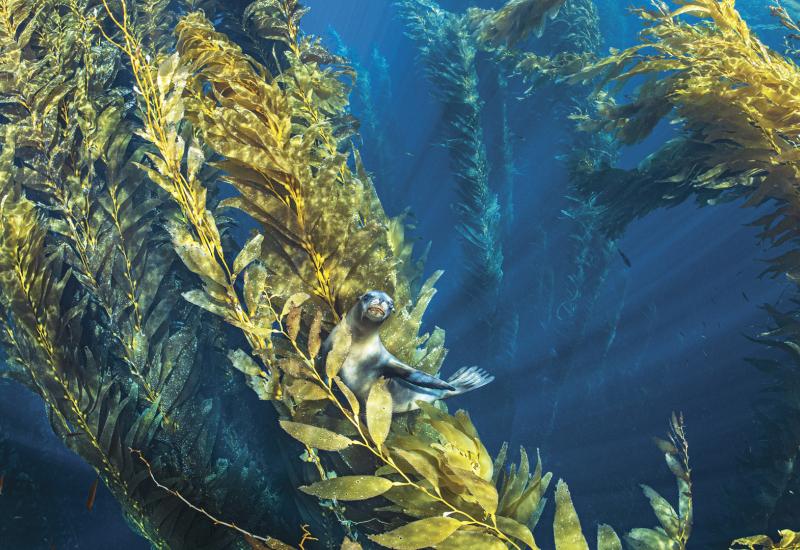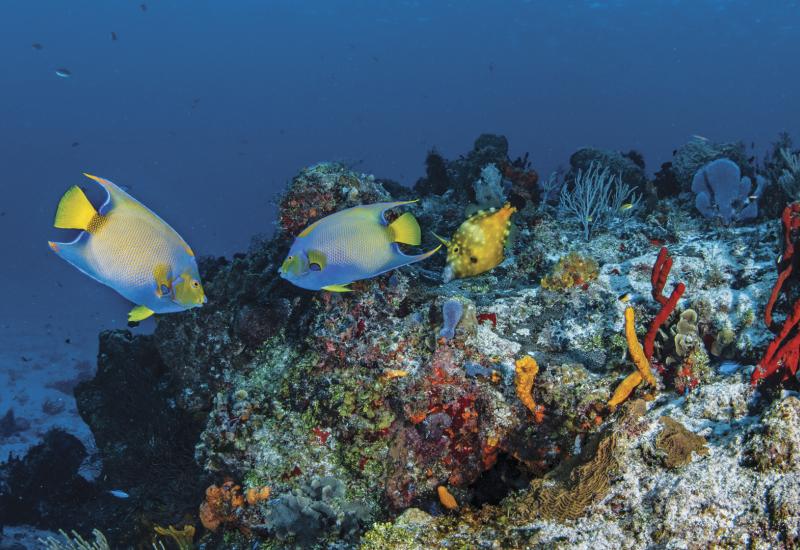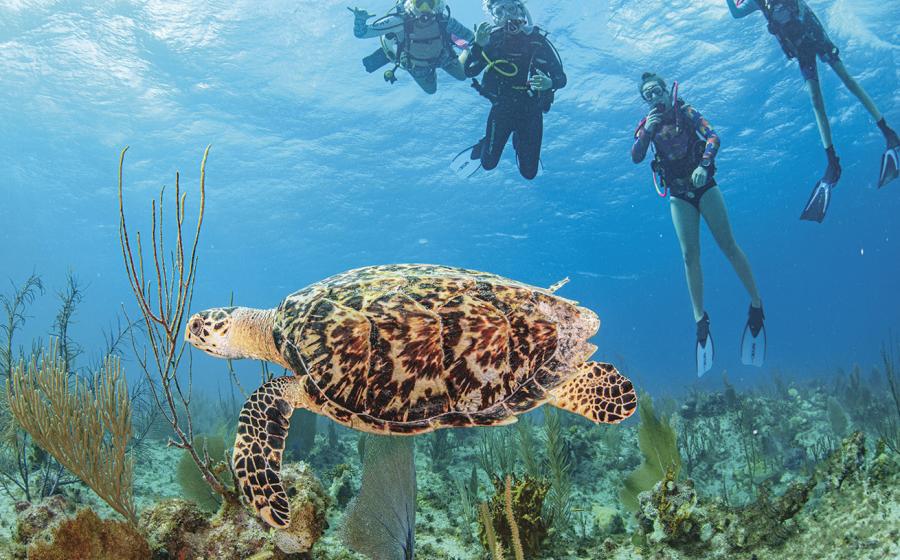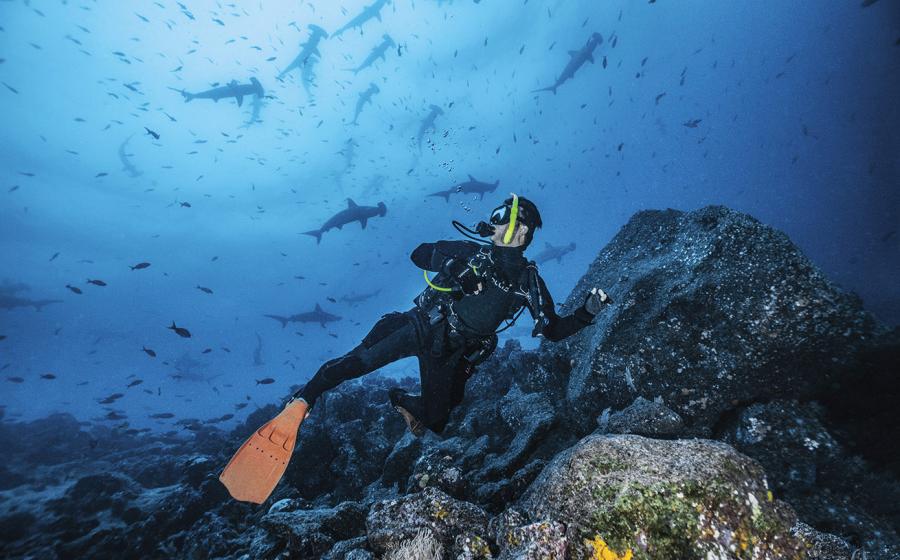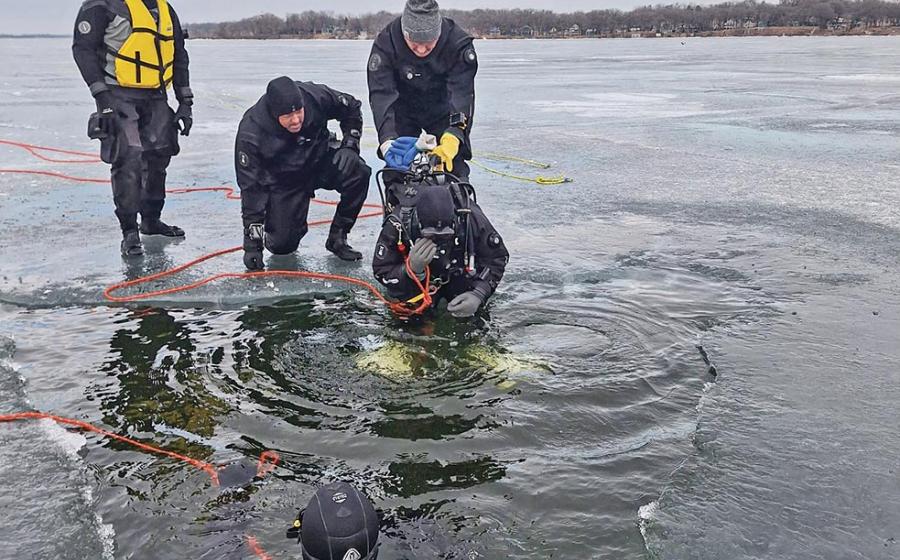Riviera Maya: Come on down, the diving's fine!
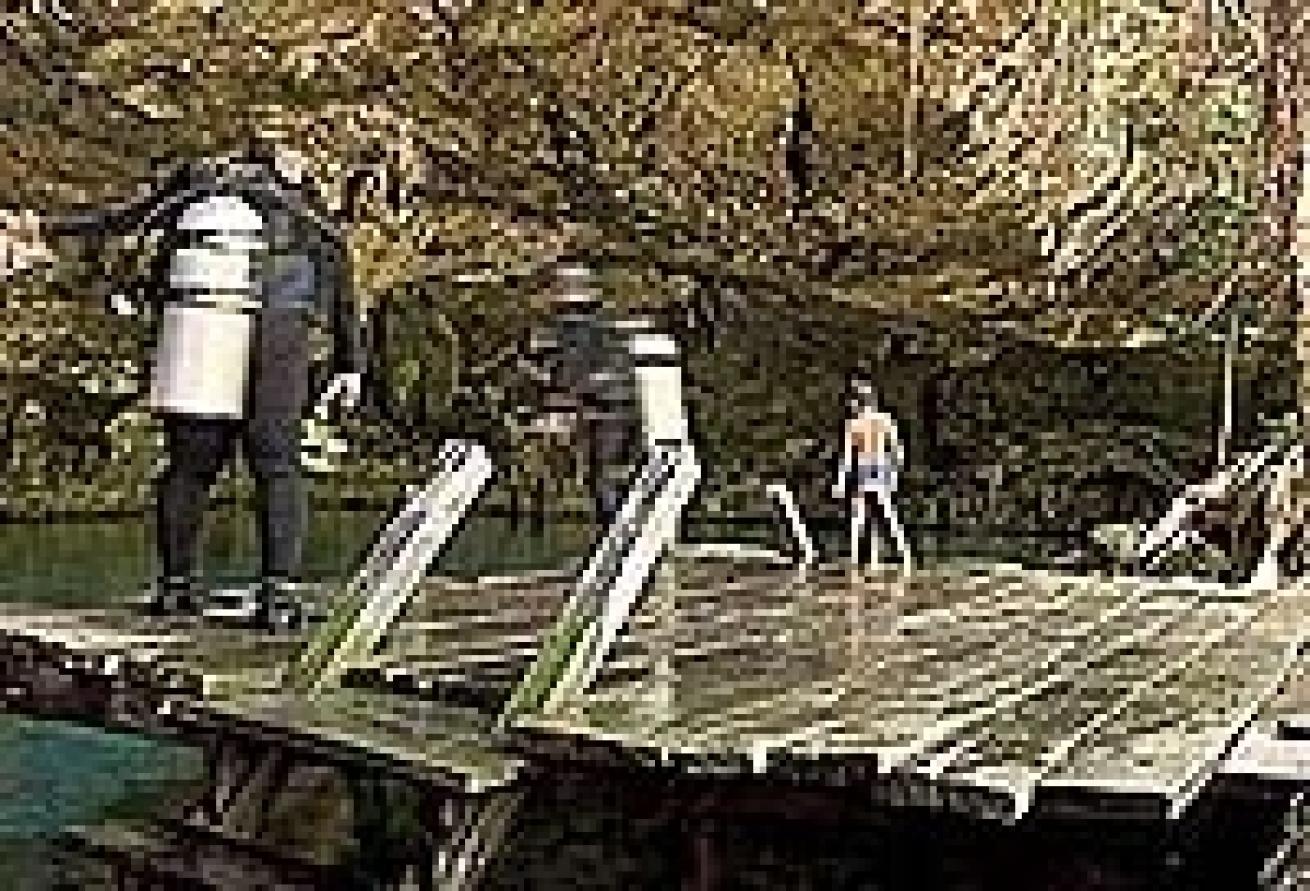
David MacGillivray
The jungle floor of the Riviera Maya is like Swiss cheese - full of holes. One of the wildest experiences for a diver is suiting up in the steamy jungle and giant-striding into these cool freshwater pools known locally by the Mayas as cenotes. You descend to the darkest corner, like a child ducking into the back of a wardrobe, and then suddenly find yourself in another world - an aquatic Narnia - a place only divers can explore.
These are the fully submerged caverns, such as Dos Ojos, where thousands of years' growth of stalactites and stalagmites remain as elaborate decoration. Or in the case of Taj Maha, what appears to be the cataclysmic aftermath of a major quake; massive blocks of stone have buckled and slid across one another. If this were dry land, you'd be engaged in what climbers call bouldering. Instead, you are in full scuba gear, hovering in water clear as air and witnessing a moment of the Earth's history preserved exactly as it was 10,000 years ago, before some unknown event caused the flooding to begin.
Last summer, I finally had the chance to experience these cenotes firsthand, along with my friends and photographers Holly and Armando Alentado. While doing my pre-trip research, the cenote Angelita kept popping up as something special. Even Holly and Armando, who live on Cozumel and have been diving cenotes for years, had never been there. My gut told me we had to go.
Early one morning, Eric from PADI resort Go Cenotes (www.gocenotes.com) picked us up at our charming hotel - Casa de Gopala in the heart of Playa del Carmen - in a truck loaded with gear. Like all cenote guides, Eric is a technical cave diver who spends his few days off from guiding divers in the cenotes actually exploring the extensive subterranean passageways. Eric's briefing was more like a PowerPoint presentation. That's when we learned that Angelita is actually a deep sinkhole rather than an entrance to a cave system. Eric detoured into a small town to find the owner of the private property containing Angelita, paid a fee and picked up a key to the gate. When we finally parked at the site, there was only one other group of divers, geared up and ready to go.
We set up our gear on the pickup's tailgate and then hiked with it (and the camera gear) through the jungle until we reached what appeared to be a pond, perhaps 100 feet in diameter. The mosquitoes were bad, and no one hesitated to giant-stride the 9-foot drop to escape them. The next 41 minutes went something like this: Descend 30 feet in low viz through water that's reddish-brown due to tannic acid released from the organic material at the bottom of the hole. Emerge into gin-clear water and freefall another 60 feet to the tops of leafless tree branches that appear to be emerging from clouds. At 90 feet hold hands and watch the other divers' bodies vanish into the solid white mist formed by the gases of the hydrogen sulfide layer - viz: zero. Emerge at 115 feet into the blurry oil-and-water effect of the halocline - where fresh water and salt water merge - for another five feet. Finally, at 120 feet, it's smooth sailing. We spent only a short time down there, but it was enough to equate the leafless trees in the green-hued light to a scene from the movie The Headless Horseman.
Our ascent was equally cool. Eric and I sat on a tree trunk at 85 feet and swam through a horseshoe-shaped cave in the side of the wall at 55 feet. We circled our way up as golden leaves floated down, and I marveled at the jungle's foliage draped overhead and the ring of sunlight beyond. We all reeked of sulfur when we emerged - via a tricky exit in which we relied on mangrove roots as hand-holds - but no one cared.
I wrote about many of these experiences in Getaways in the Nov./Dec. 2005 issue of Sport Diver. But then Hurricane Wilma came along, unleashing a fury on the entire eastern Yucatan peninsula. Initial news reports sounded grim, and I worried for all of our friends. But soon the e-mails began trickling in, and the reports are good.
In Playa del Carmen, Yucatec Divers (whose hotel is Casa de Gopala) and Tank-ha report that their boats are fine, and their hotels sustained minimal damage and remain open for business. Reports from farther south, such as Akumal and Tulum, are even better. Even within days of the hurricane, Pro-Tec Diving was diving the cenotes.
The way I see it is that it took a cataclysmic event (possibly the meteor that caused the extinction of dinosaurs) to create the cenotes, and it'll take something just as powerful to destroy them.
Now, more than ever, it's so important that we, as divers, travel to Mexico and support our community. Contact the dive operators directly and they'll assist you in finding appropriate accommodations and creating a dive trip that you'll remember the rest of your life.



